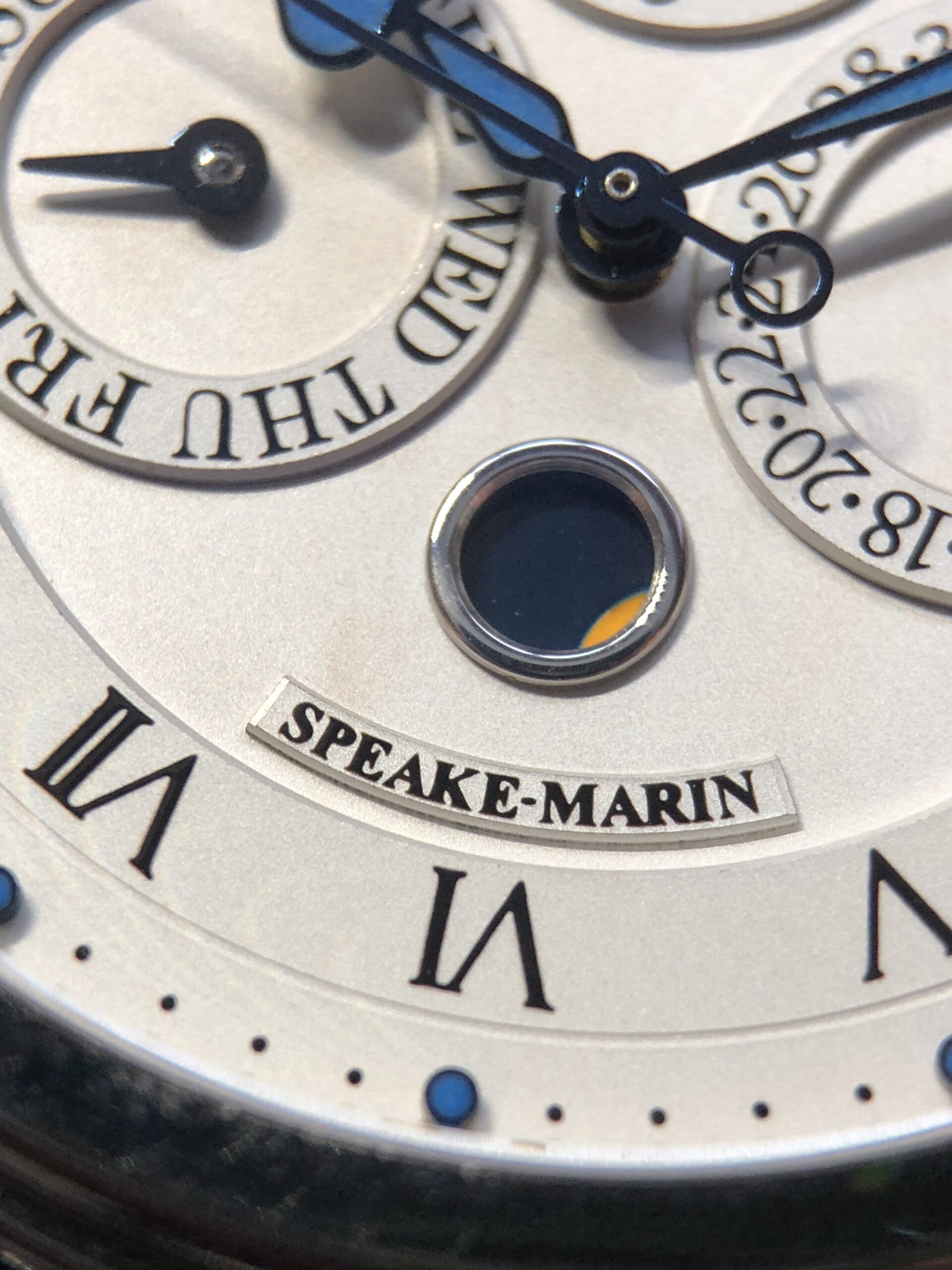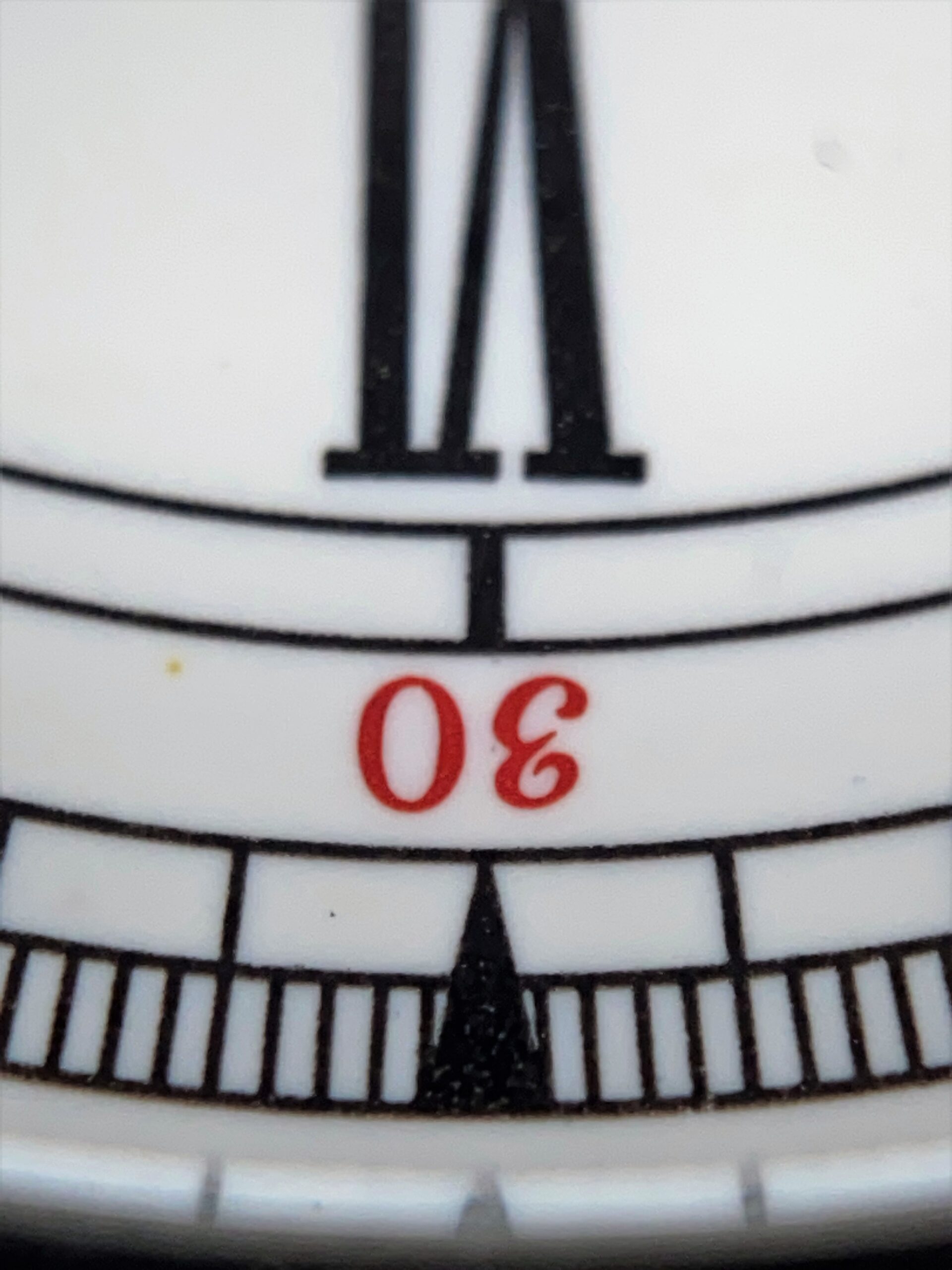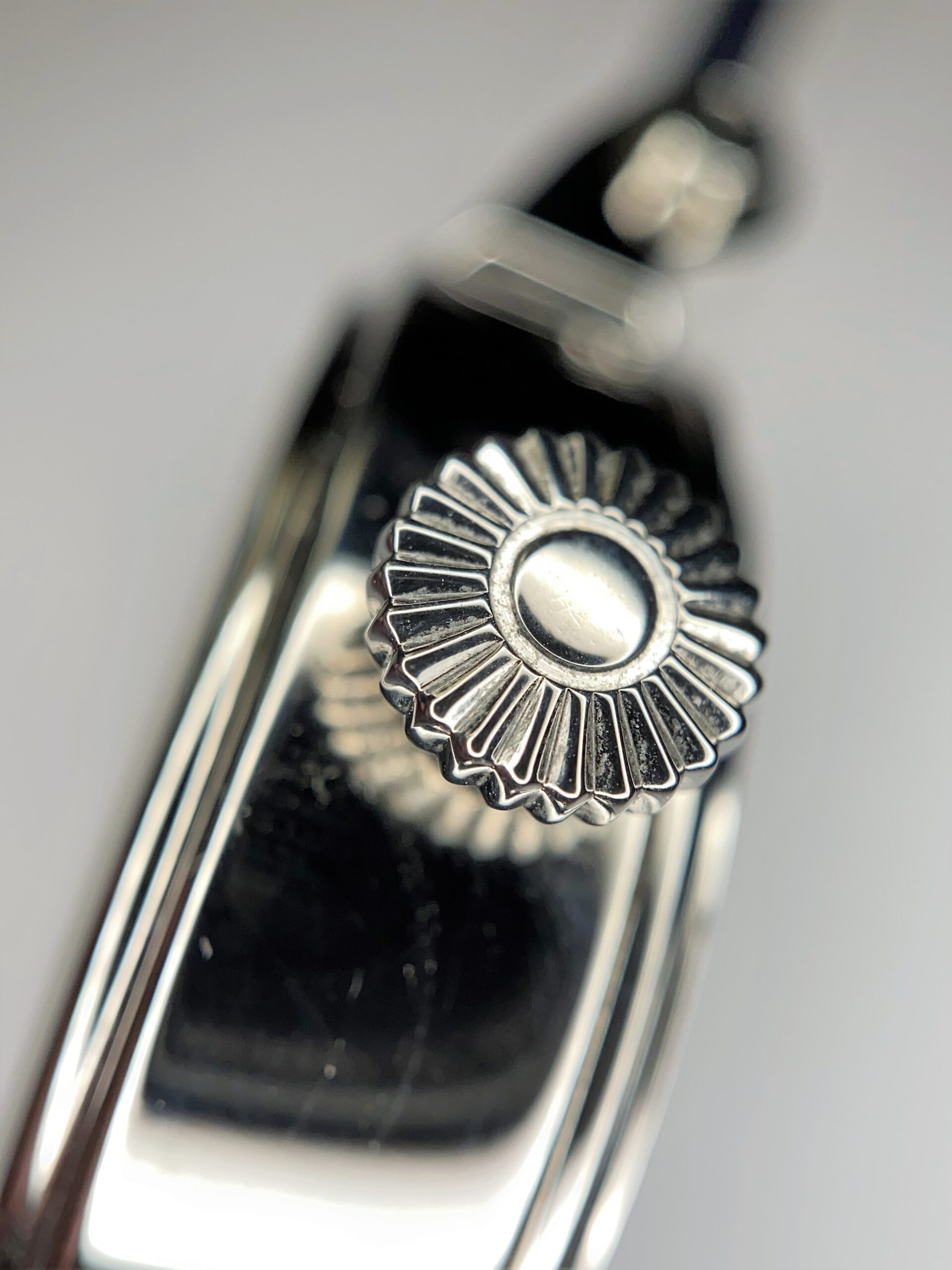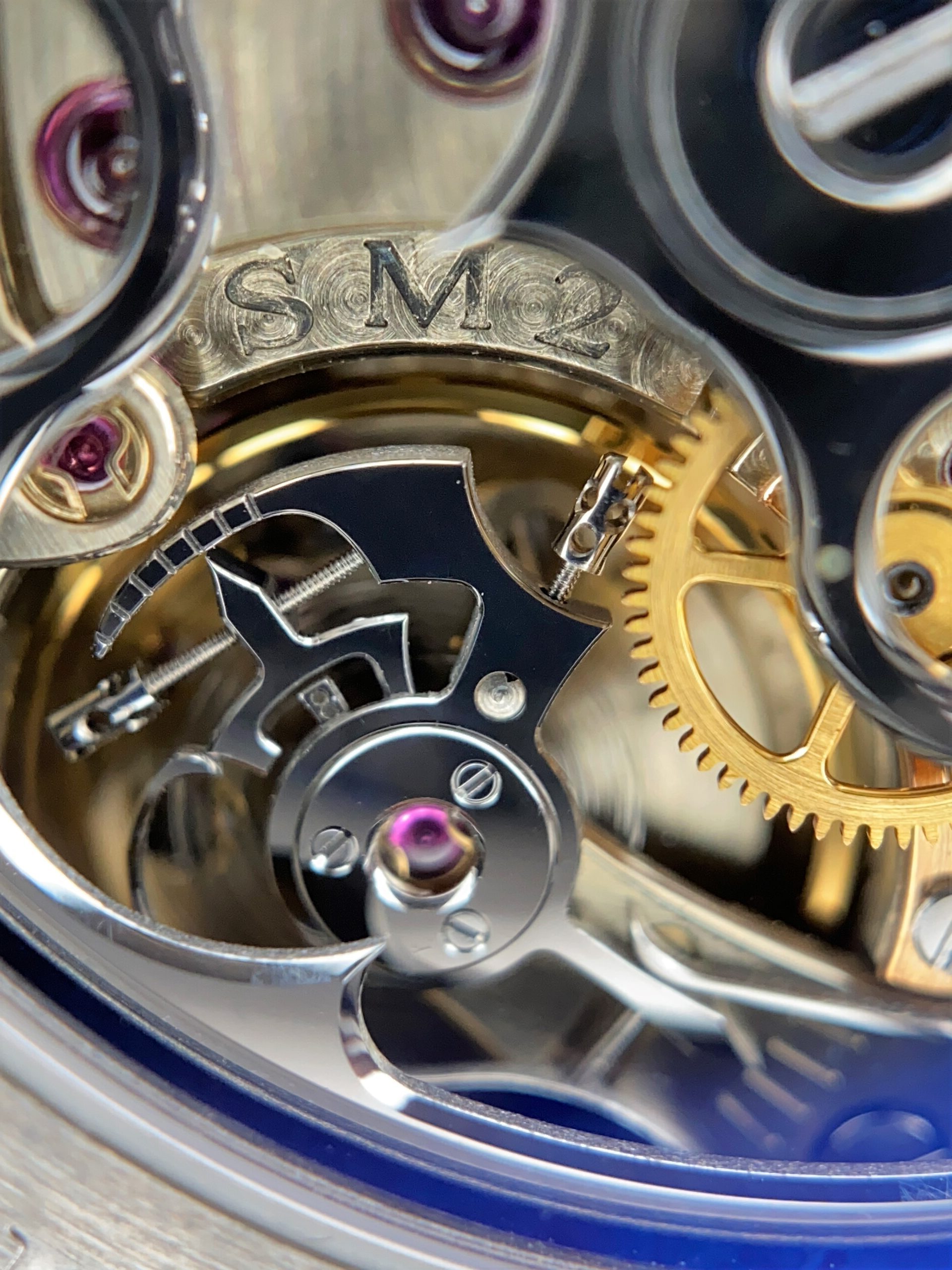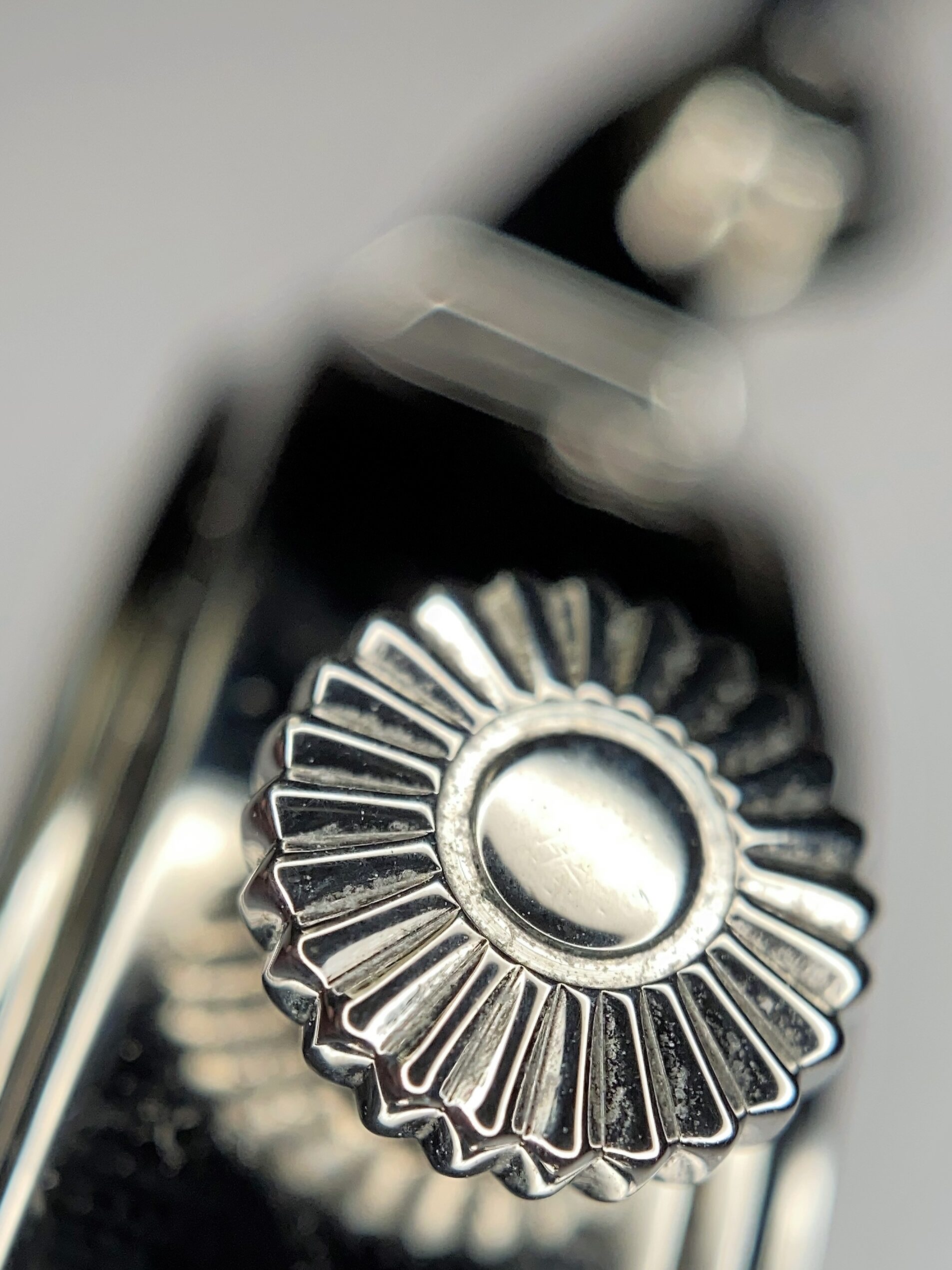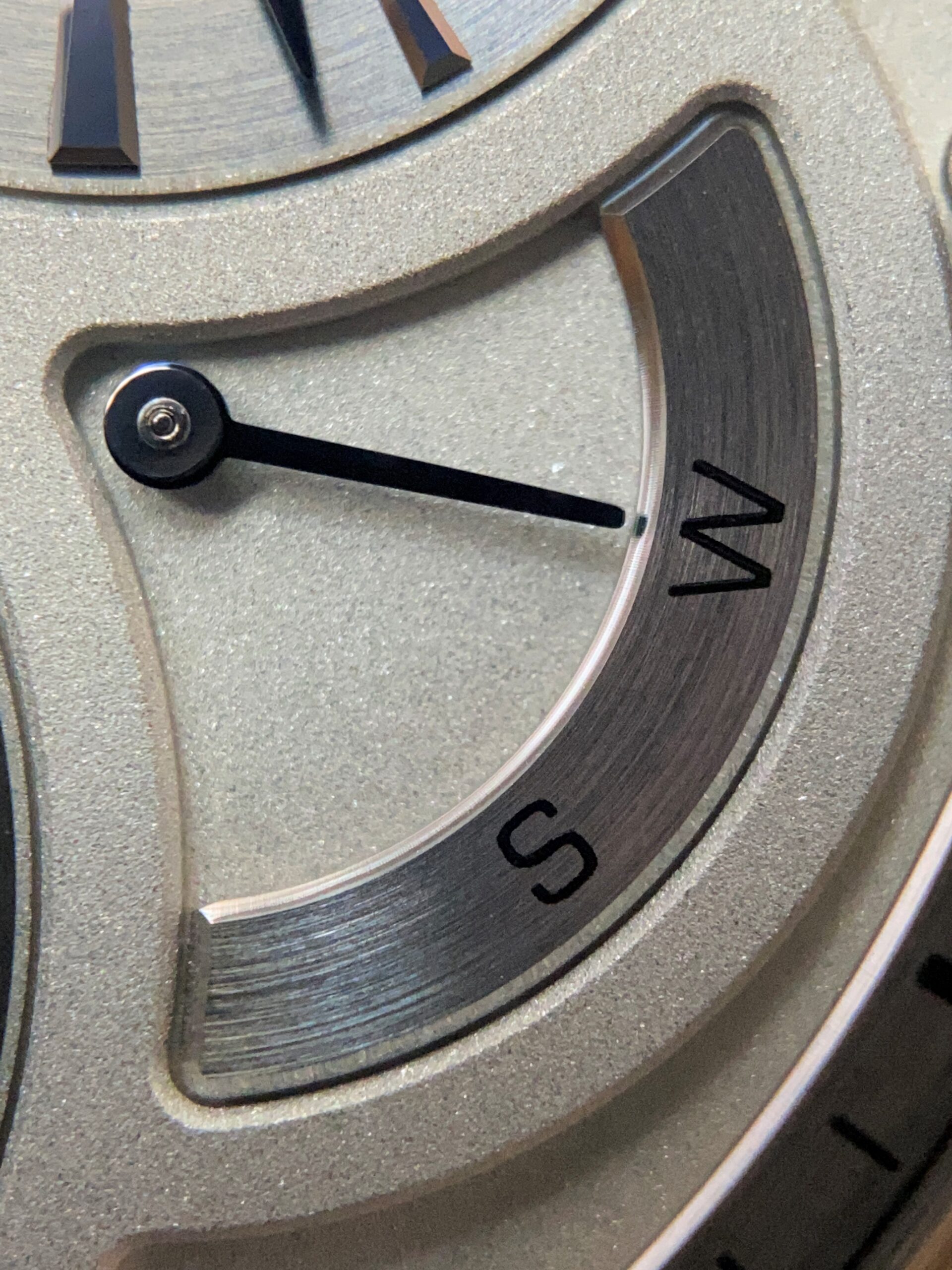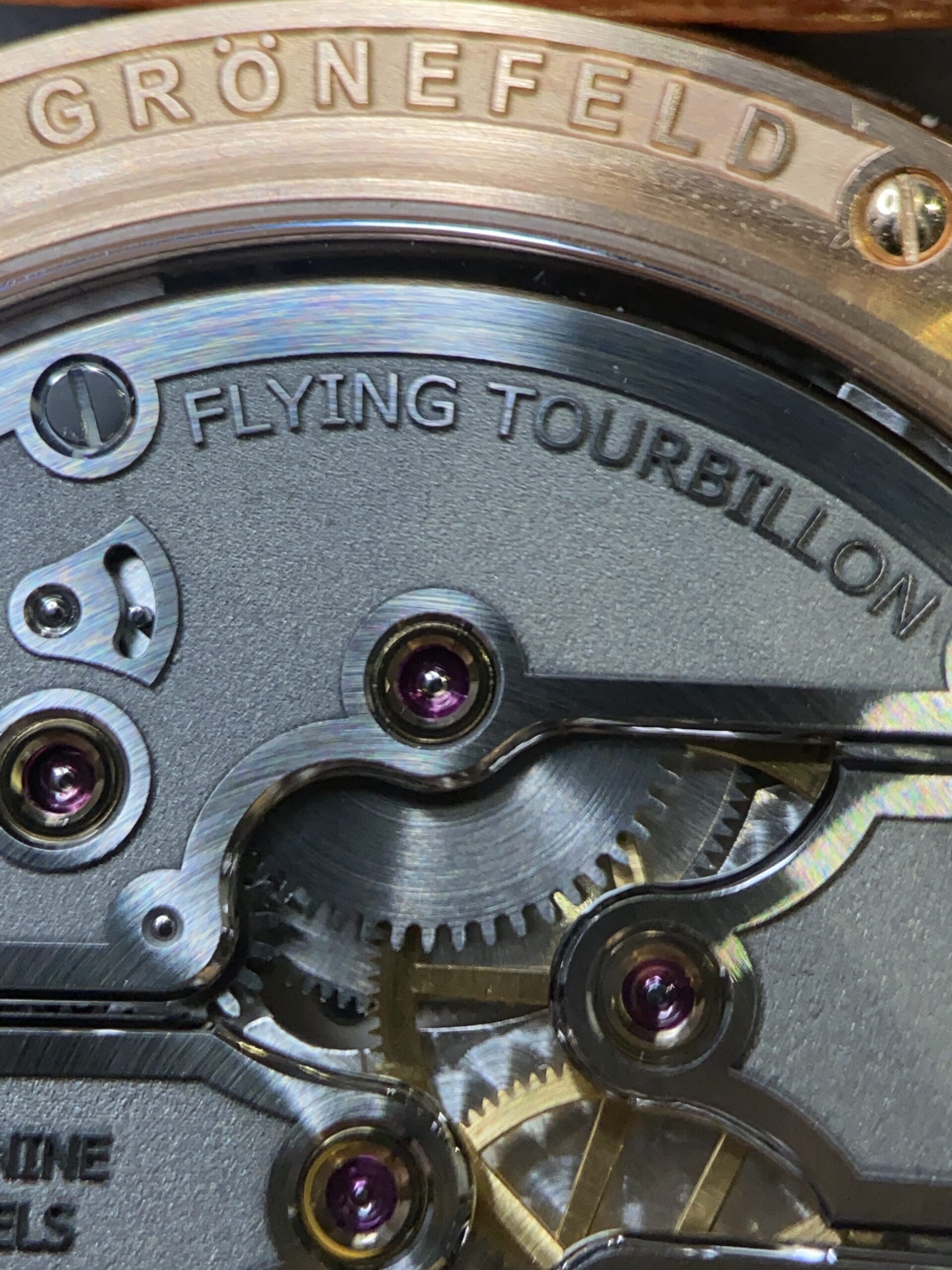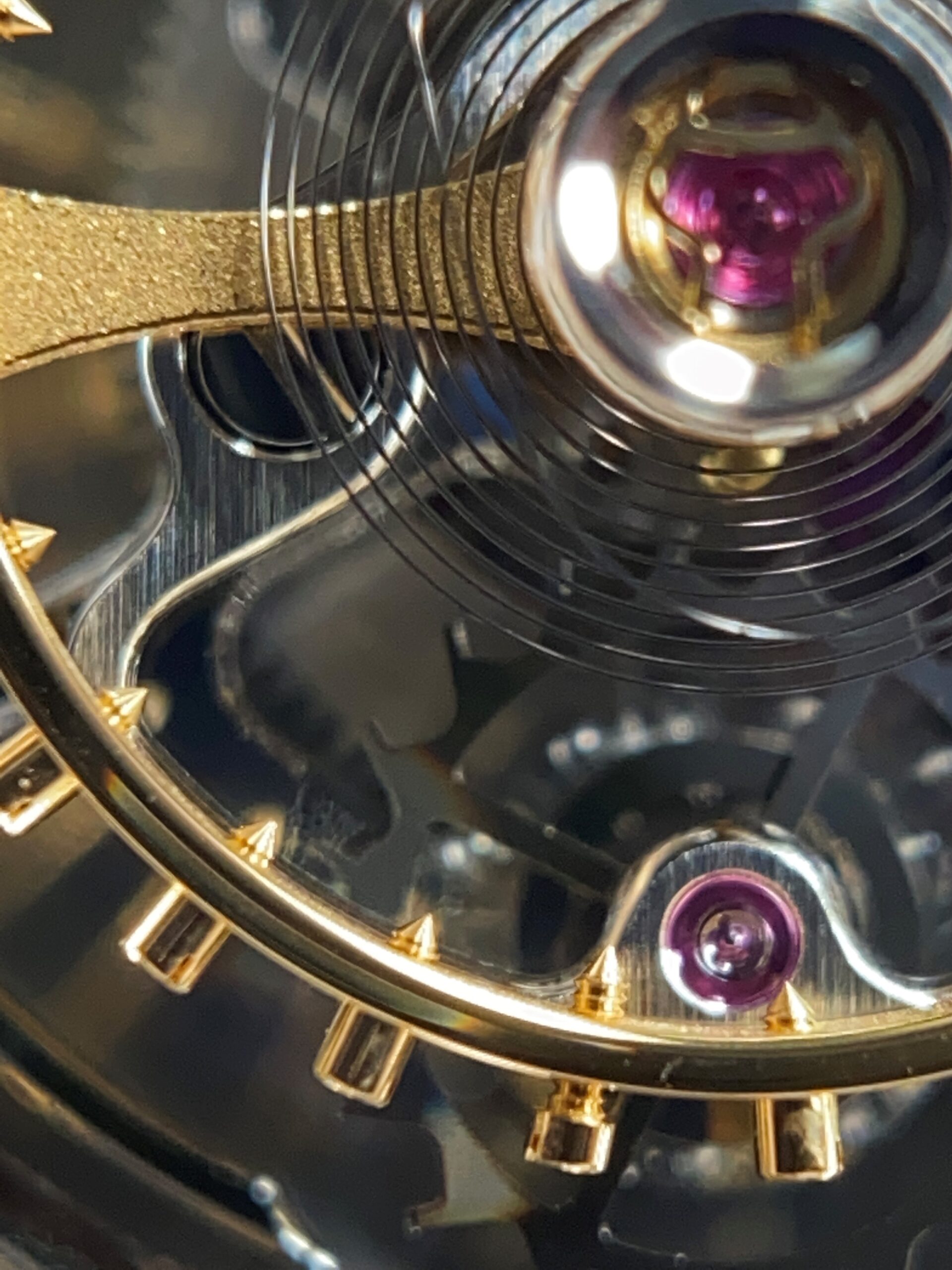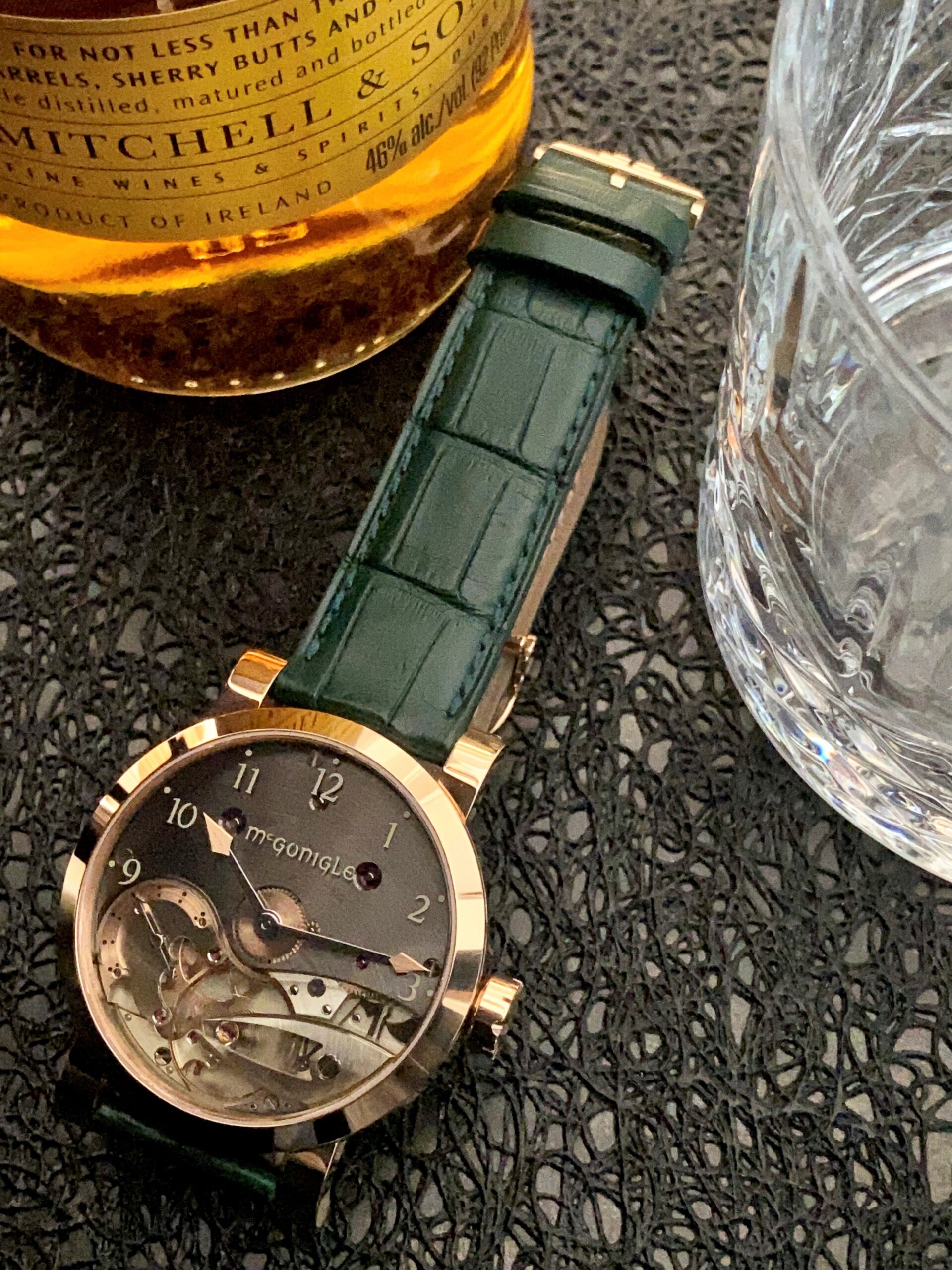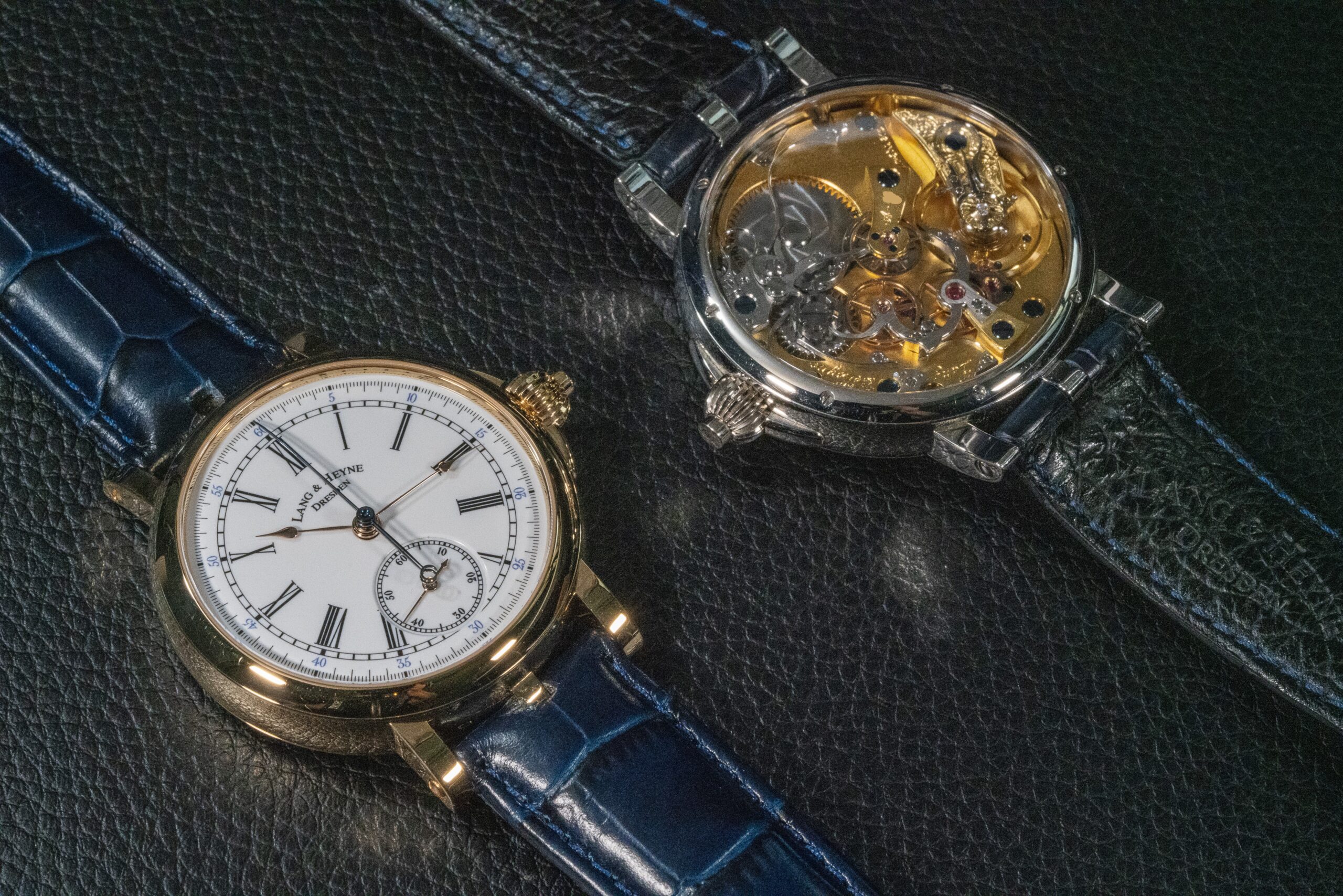My Road to Yard-o-Led:
The story of Yard-O-Led begins not with a pen, but with a pencil—and a bold idea. In 1822, Sampson Mordan, a London goldsmith and associate of Michael Faraday, patented the world’s first mechanical pencil, which he called the “ever-pointed.” This invention laid the groundwork for what would become one of Britain’s most enduring writing instrument legacies.

The Dawn of Precision
Imagine London in 1822: a city of fog and firelight, where the clatter of horse-drawn carriages echoes through cobbled streets. The Industrial Revolution is in full swing, transforming the very fabric of society. Steam engines hiss in factories, gas lamps flicker to life at dusk, and the scent of coal smoke lingers in the air.
This is the age of Romanticism in literature and art—Byron, Shelley, and Keats are household names. But it’s also the age of rationalism and invention. The Royal Institution is a hub of scientific discovery, and one of its rising stars is a young, brilliant chemist named Michael Faraday.
Faraday, born into poverty, is now working alongside the goldsmith Samson Mordan, a man of precision and craft. Together, they are inspired by the age’s obsession with miniaturization and portability—pocket watches, snuff boxes, and now, writing instruments.
Why a Mechanical Pencil? Paper is expensive. Ink is messy. The quill is fragile. But graphite—if you could encase it in something elegant and reusable—could be the future. Mordan and Faraday’s 1822 patent for a “metal pencil with an internal mechanism for propelling the graphite” is not just a technical innovation; it’s a symbol of the age: portable, precise, and personal.
Imagine a gentleman in a top hat, sketching a bridge design on a napkin in a coffee house. Or a young woman writing poetry in Hyde Park. The mechanical pencil is a tool for thinkers, dreamers, and doers.
Over a century later, in 1934, German-born silversmith Ludwig Brenner perfected a new kind of propelling pencil—one that held twelve three-inch leads, or a full yard of lead. This clever innovation gave the company its name: Yard-O-Led. Brenner partnered with Frank Tuffnel, whose family had ties to Mordan’s original workshop, and together they founded the Yard-O-Led Pencil Company in London.
Despite the destruction of their factories during the Blitz, Yard-O-Led survived and was reborn in Birmingham, where it remains to this day. The company merged with Edward Baker Ltd. and acquired the historic Mordan patents, preserving a lineage of craftsmanship that spans over two centuries


What sets Yard-O-Led apart is its unwavering commitment to handcrafted sterling silver. Each pen and pencil is made from solid 925 silver and hallmarked in the UK. The artisans—some of whom have worked with the company for decades—engrave, polish, and assemble each piece by hand. The process is meticulous: over 100 individual steps go into the making of a single writing instrument. No two pens are exactly alike, and each bears the subtle signature of its maker.
Today, Yard-O-Led is experiencing a quiet renaissance. With renewed interest in traditional craftsmanship and heritage brands, collectors and writers alike are rediscovering the tactile pleasure of these silver instruments. The pens are not flashy—they are elegant, weighty, and timeless. They feel like heirlooms the moment you hold them.
To write with a Yard-O-Led is to hold a piece of history. It is to feel the cool weight of silver warmed by the hand, to trace the lines of a pattern struck by a craftsman’s hammer, to connect with a tradition that values patience, precision, and permanence.
This is what led me to Yard-o-Led.
Note – Some images AI generate
